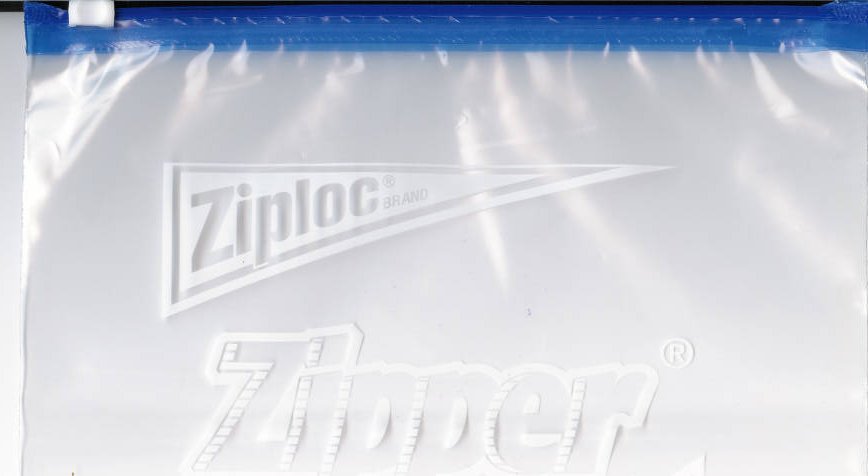 |
After doing some research, I have come up with a bunch of useful polymer clay tips
1. Squeaky Clean Hand Sanitizer: Most of the times, when working with polymer clay, the clay leaves behind a residue that will not always be washed off with soap and water. Here’s a good tip to get squeaky clean hands!
Put some hand sanitizer on your hands and then wiped them off with a towel. The sanitizer should be alcohol-based because alcohol easily dissolves polymer clay and will leave your hands super clean.
2. Cornstarch? Say What?: Cornstarch actually has many uses when it comes to releasing molds and cleaning up your polymer clay creations. Our hands are needed when working with polymer clay and most of the time, our fingerprints can be left on clay. If you do not want your fingerprints to be all over your creations, use some cornstarch!
Cornstarch makes a great mold release and if you rub some cornstarch on your fingers, this can rid the clay of your fingerprints making your creation look flawless!
3. Yucky Fingerprints: As seen above cornstarch can be used to get rid of fingerprints on your clay. In addition, waterless hand sanitizer or Acetone can be used to clean up fingerprints before baking your clay.
Acetone is found in nail polish but you should only use Acetone as a last resort because after using it on the clay, the clay cannot be reshaped.
4. Cheese grater for canes?: Canes can easily be sliced with a blade but sometimes, this can result in breaking the cane. What is an alternative option?
A cheese slicer can be used to slice canes evenly without breaking it. In order to make thicker slices, you simply need to push harder against the slicer.
5. Nail Polish is a Big NO!: While a lot of people substitute clear nail polish for glaze, it is not a good substitution. Most nail polishes have solvents that will slowly dissolve your polymer clay making it turn sticky.
Instead, just stick with glaze and if you don’t have glaze, that’s fine too! Polymer clay does not always need to be sealed with a glaze although glaze can be beneficial and make your creation appear shinier.
6. Texture Transformation: Is you clay way too soft for your liking? You can change the texture of your clay by leaching it. When you leach polymer clay, the oils in the clay are absorbed making it firmer. Just follow these simple rules to get your clay the way you want it.
Place your polymer clay between two pieces of paper. Place a book on top of it and keep checking the clay occasionally in order to see how your clay is doing. When it is at the right consistency and you like it, simply take the clay out. The longer you leach your clay, the harder it will become. However, you must be careful and check on your clay because if you leach it for too long, the clay will become crumbly and unusable.
7. Ziploc Storage: Ziploc sandwich bags can be used to store all of your polymer clay. If you store your clay out in the open, some tables might leach your clay while dust will settle on top of the clay. One useful way to keep your polymer clay in a ziploc baggie.
 |
| storage for basically everything! |
Some plastics will react with polymer clay but ziploc bags are very useful for storing polymer clay and keeping it clean. You can organize your clay too by writing the brand of clay and color of the clay on the outside of the ziploc bag with a sharpie.
No comments:
Post a Comment